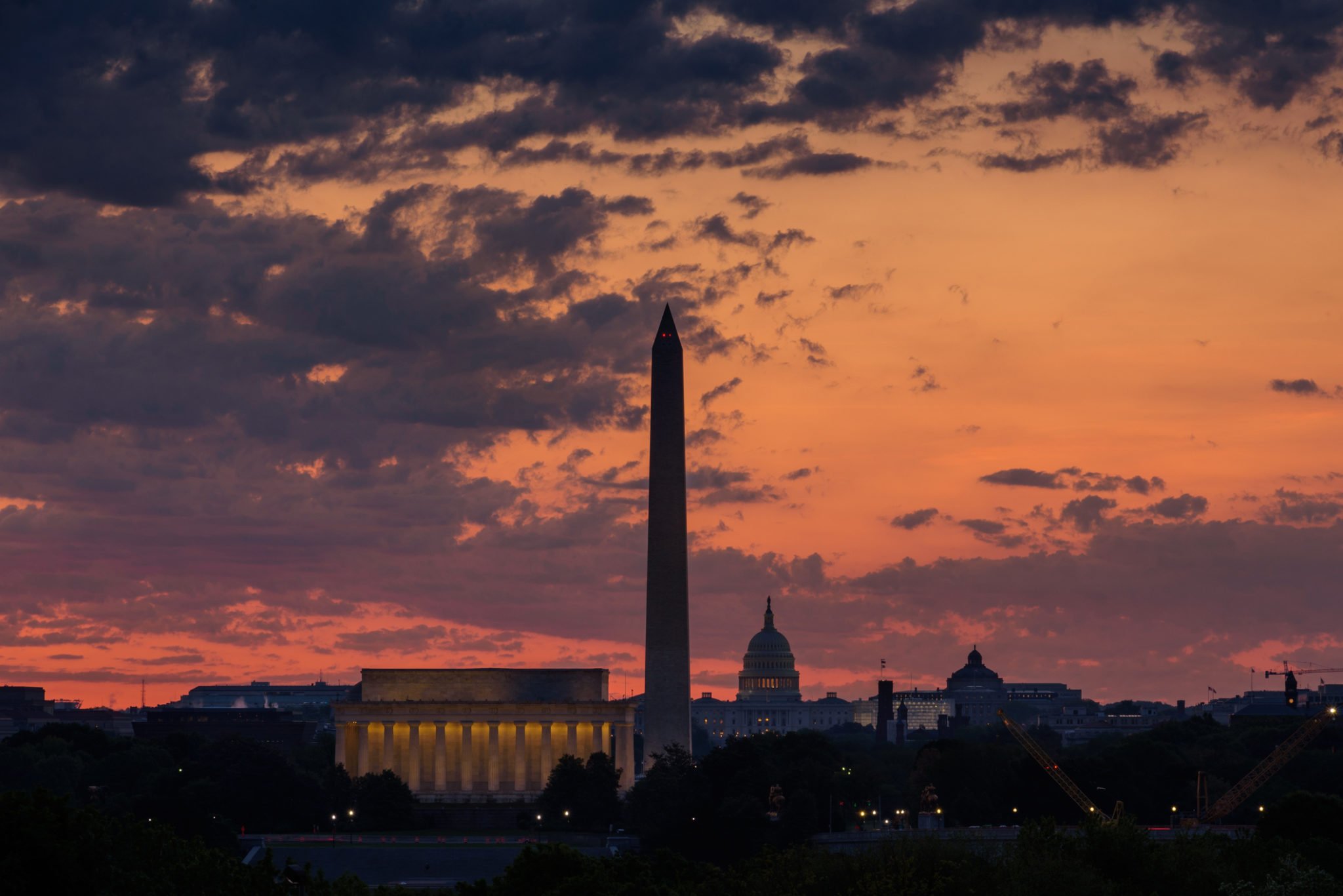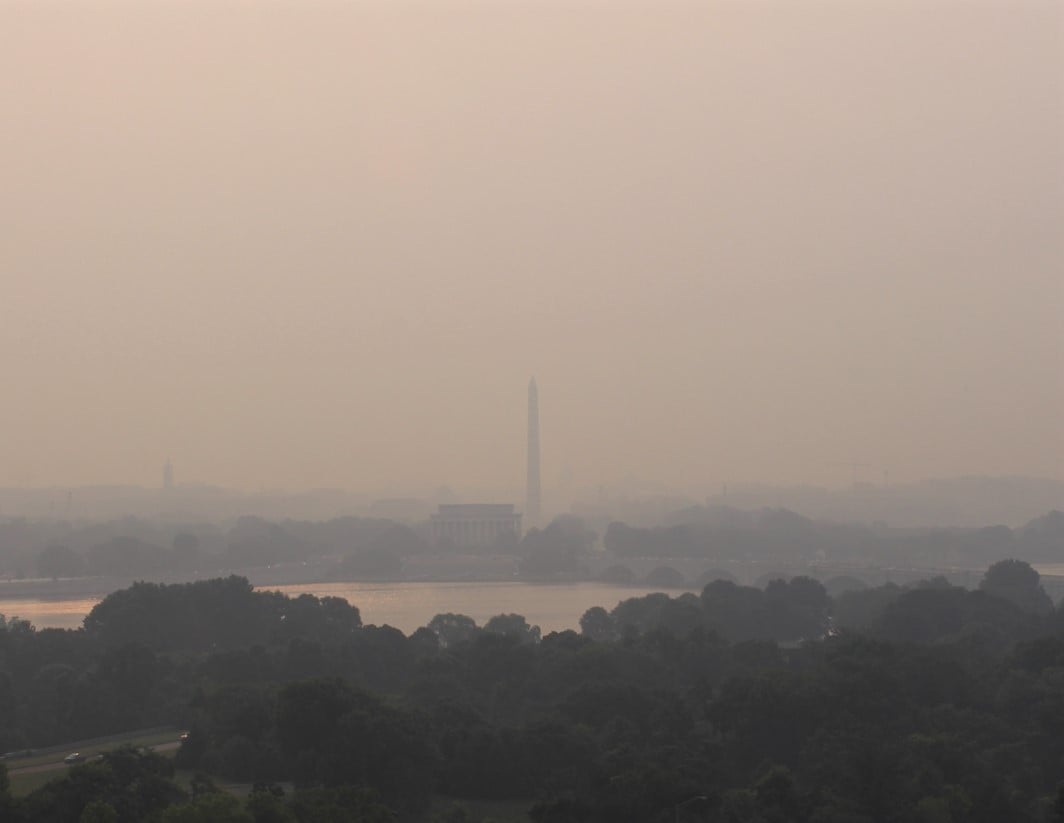Each year, the American Lung Association releases a “State of the Air” report that gives metropolitan areas report cards and ranks them for their air quality. The report is based on levels of ozone (aka smog) and particle pollution (aka soot).
And the DC area’s performance is overall not so great this year. In the 2021 report, the Washington-Baltimore-Arlington metro region is ranked as the 22nd most-polluted area in the country when it comes to smog levels. Like we said, not great, but at least it’s an improvement over last year’s report, which ranked the region 20th-worst in the US. (FWIW, the 2021 report includes DC and parts of Virginia, Maryland, West Virginia, and Pennsylvania in the metro region, and is based off data from 2017 to 2019.)
More not-so-great news: The region is now ranked 39th-most polluted when it comes to annual average levels of soot, compared with the 49th-worst ranking it received in last year’s report. A bright spot: Compared with last year’s report, the 2021 assessment did find that the region equaled or improved upon the number of average days when particle pollution reached unhealthy levels (it’s now 57th-worst in that category).
Maryland’s Harford County had the highest average number of days with unhealthy ozone levels, this year’s report found, and the District was the most polluted “county” when it came to year-round soot levels.
Additionally, this year’s report found that people of color are 61 percent more likely than white people to reside in an area with poor air quality. They are also three times more likely to live in a county with failing air quality grades.
Air pollution can cause lung irritation, heart attacks, strokes, and asthma attacks, according to the American Lung Association, and it can increase the risk of lung cancer and harm the development of kids’ lungs.




















